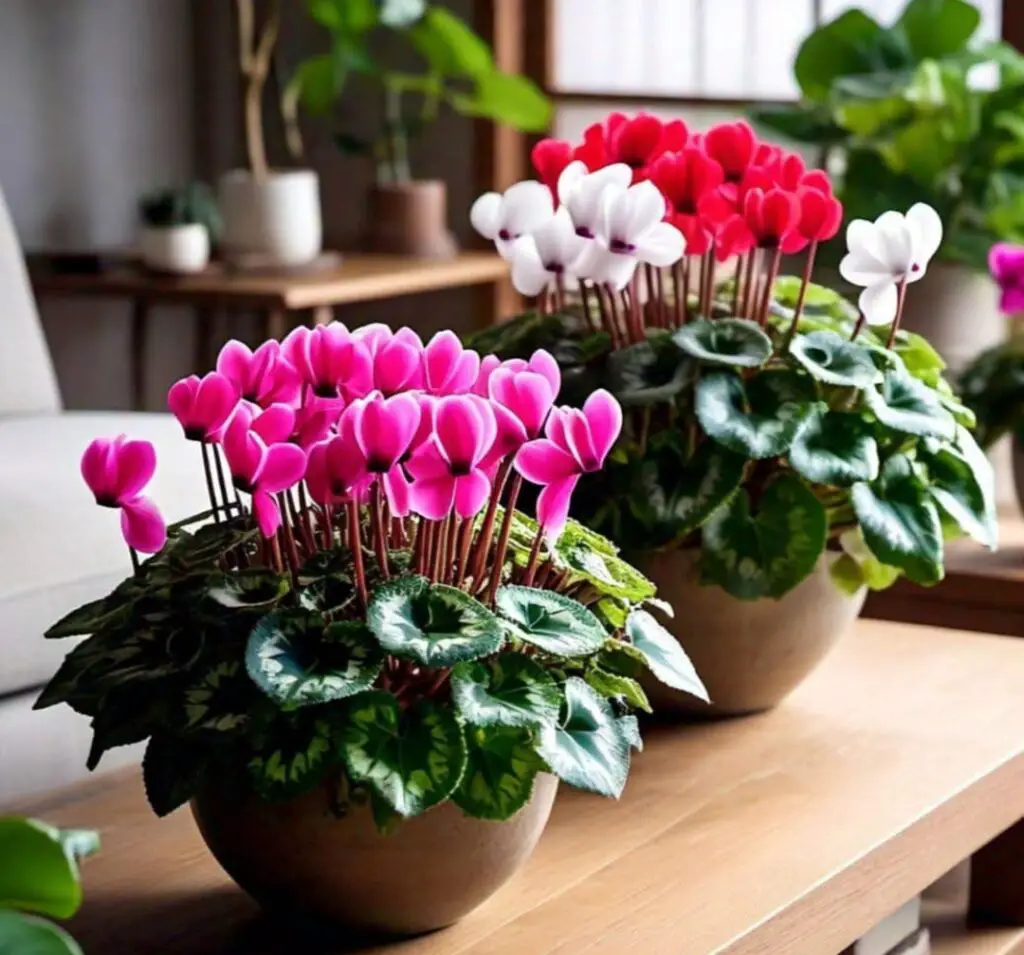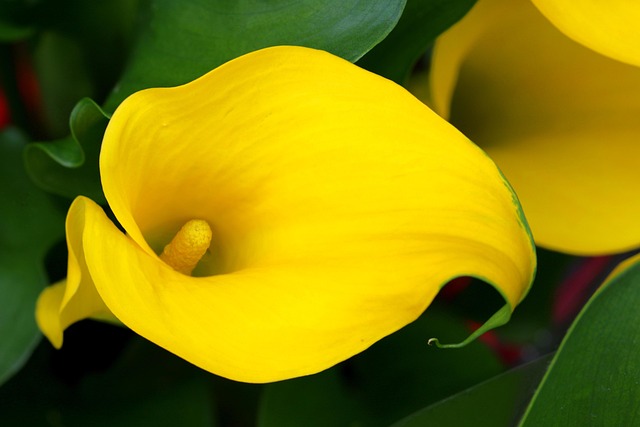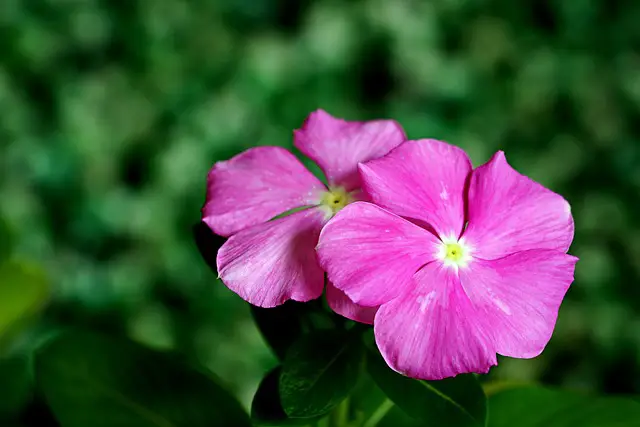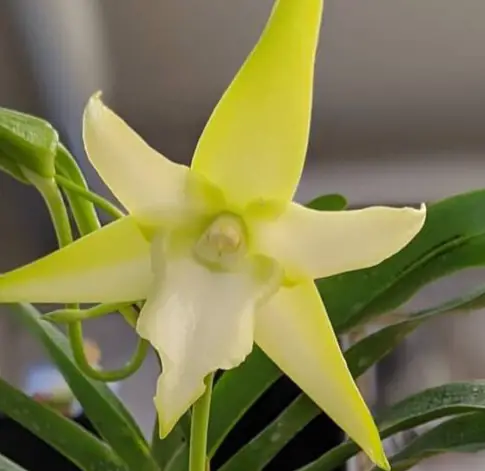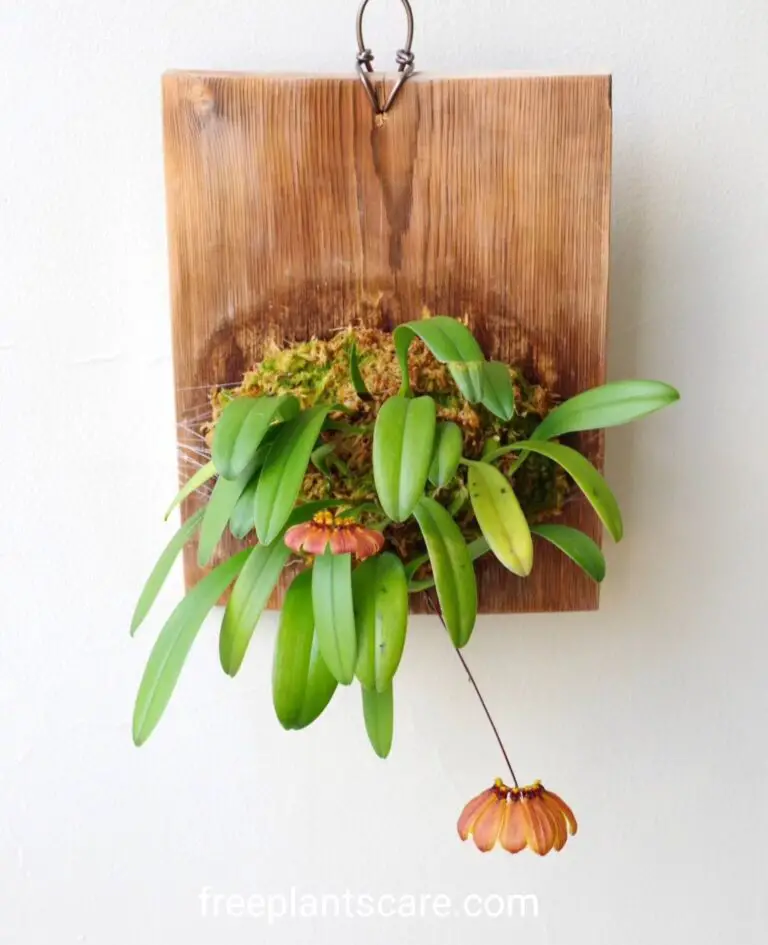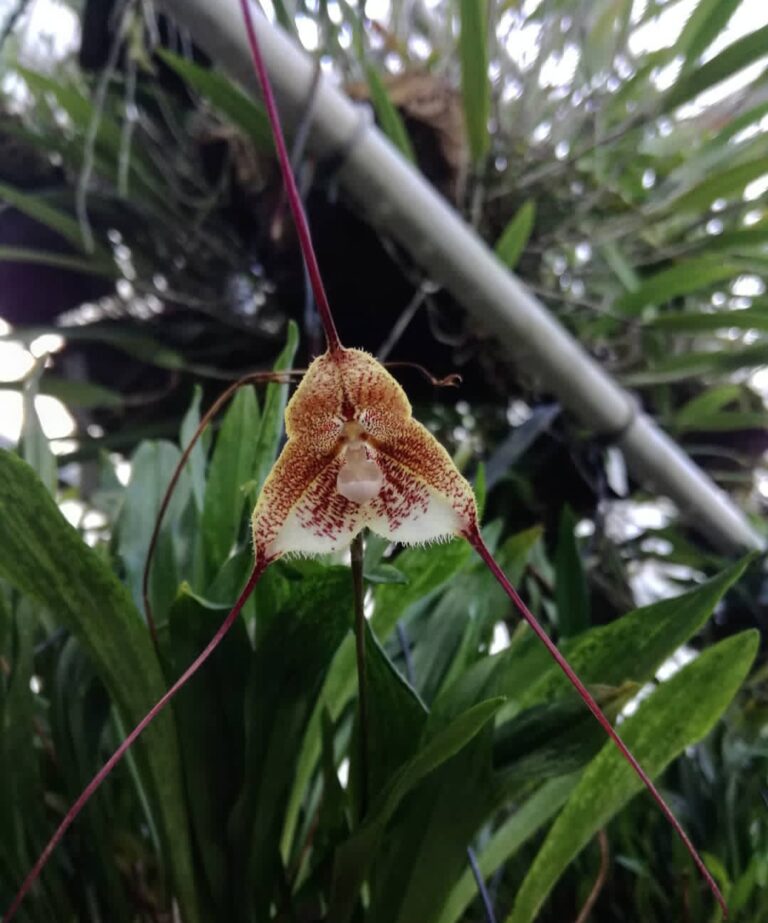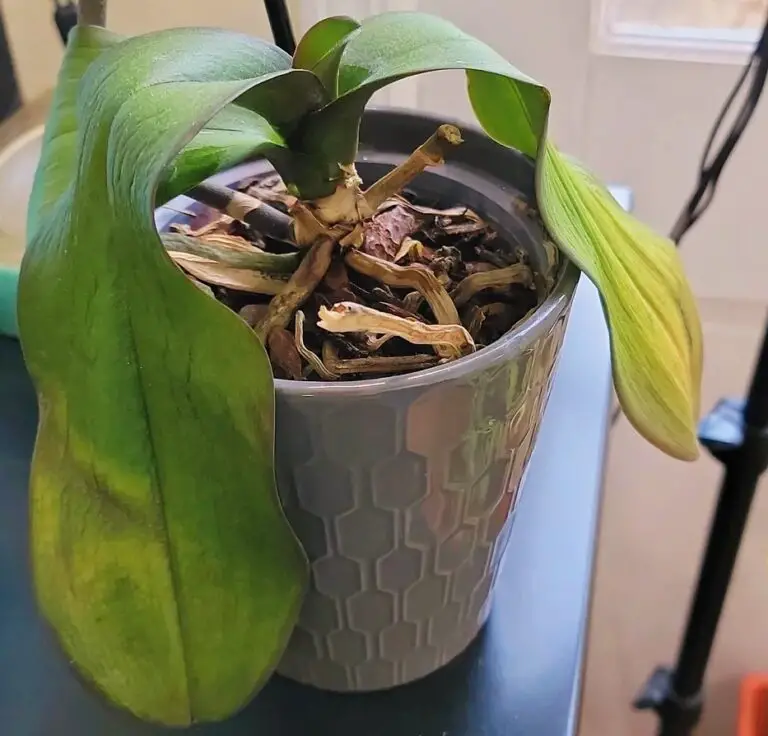Have you ever brought home a beautiful cyclamen, only to watch it suddenly droop, stop blooming, or drop its leaves without warning? You’re not alone—and you’re definitely not a bad plant parent.
Cyclamen plant care can be surprisingly tricky, especially for beginners who don’t realise that this stunning flower has its own unique needs and seasonal habits. From overwatering to missed dormancy cues, simple mistakes can cause even a healthy plant to decline fast.
Fortunately, once you know what to look for, most of these problems are simply resolved. Discover the top expert-approved fixes for the ten most typical cyclamen errors in this article, which will help you get your plant back on track and flourish indoors.
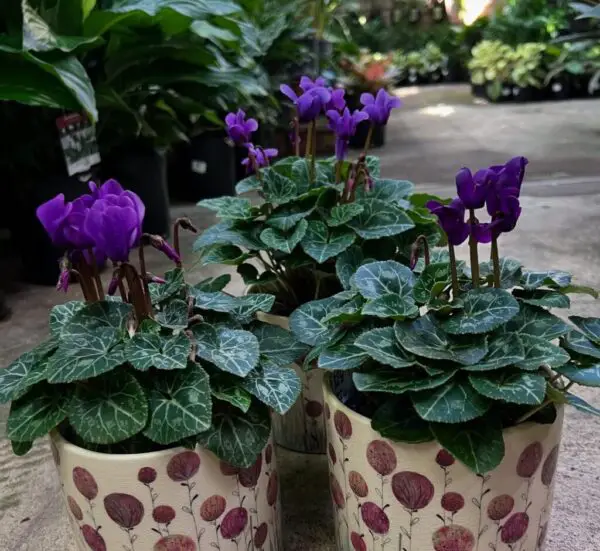
Plant Profile Table
Feature Details
Botanical Name: Cyclamen persicum
Common Name: Cyclamen
Type: Flowering tuberous perennial
Light, bright, indirect light
Watering Keep soil moist, not soggy.
Temperature: 13–18°C (55–65°F)
Bloom Time: Fall to Spring
Toxicity Toxic to pets
- 1 🔟 10 Cyclamen Plant Mistakes and Best Fixes
- 2 1. Overwatering the Plant
- 3 2. Exposing to Direct Sunlight
- 4 3. Keeping It Too Warm Indoors
- 5 4. Watering from the Top
- 6 5. Ignoring Dormancy Period
- 7 6. Using the Wrong Potting Mix
- 8 7. Not Deadheading Spent Flowers
- 9 8. Fertilising at the Wrong Time
- 10 9. Poor Air Circulation
- 11 10. Buying a Dying Plant from the Store
- 12 📆 Cyclamen Care Timetable (Centred)
- 13 FAQs on Cyclamen Plant Care
🔟 10 Cyclamen Plant Mistakes and Best Fixes
1. Overwatering the Plant
Mistake: The most frequent cause of cyclamen death is overwatering. The tuber is suffocated by continuously moist soil, which causes root rot and fading leaves.
Fix: Before watering, let the top inch of soil dry off. To avoid sogginess, always use a pot with drainage holes and potting mix that drains effectively.
2. Exposing to Direct Sunlight
Mistake: Placing cyclamen in direct sunlight can scorch the delicate leaves and shorten the blooming period. It often causes faded or curled foliage.
Fix: Keep your cyclamen in bright, indirect light. An east- or north-facing window is ideal. If the light is too intense, use a sheer curtain to filter it.
3. Keeping It Too Warm Indoors
Mistake: Cyclamen are cool-season plants. When placed near heaters, radiators, or warm kitchens, they quickly decline and stop blooming.
Fix: Position your plant in a cool room with good airflow. Ideal temperatures are between 55 and 65°F (13 and 18°C). Avoid placing it near electronics or heating vents.
4. Watering from the Top
Mistake: Watering over the crown (centre of the plant) can cause the tuber to rot, especially if moisture collects around it.
Fix: Always water from the side of the pot or from the bottom using a saucer. Keep the crown dry at all times to prevent fungal infections and rot.
5. Ignoring Dormancy Period
Mistake: When cyclamen naturally go dormant and lose leaves, many owners assume the plant is dead and throw it away.
Fix: This is a natural rest phase. Reduce watering, move it to a cool, dark spot, and wait for regrowth. New leaves typically emerge after 1–2 months.
6. Using the Wrong Potting Mix
Mistake: Heavy garden soil or dense mixes trap moisture and suffocate roots. Growth retardation and fungal issues may result from this.
Fix: Use a light, well-draining potting mix. A blend made for African violets or a mix of peat, perlite, and bark works well for Cyclamen plants.
7. Not Deadheading Spent Flowers
Mistake: Leaving dead flowers and withering foliage on the plant encourages mould growth and saps its energy for fresh blooms.
Fix: At the base, gently twist and remove any wasted flowers or leaves. Avoid using scissors, as they can damage the crown. Regular deadheading promotes longer blooming.
8. Fertilising at the Wrong Time
Mistake: Feeding during dormancy or overfertilising can burn roots and lead to leggy growth or no flowers at all.
Fix: Fertilise only during active growth, every 2–4 weeks, using a diluted liquid houseplant fertiliser. Skip feeding completely during dormancy until new leaves appear.
9. Poor Air Circulation
Mistake: Cyclamen placed in stuffy, enclosed spaces are prone to mould, mildew, and leaf yellowing due to poor airflow.
Fix: Position your plant in an area with good circulation. Avoid closed terrariums or placing it in overcrowded corners. A light fan nearby can help gently move air.
10. Buying a Dying Plant from the Store
Mistake: Choosing a weak or neglected plant sets you up for disappointment from the start.
Fix: When buying a cyclamen, select one with firm leaves, vibrant buds, and slightly moist (not soggy) soil. Steer clear of plants with mouldy soil, drooping flowers, or yellow leaves.
📆 Cyclamen Care Timetable (Centred)
Task Frequency
Watering weekly during active growth
Fertilising every 2–4 weeks in bloom season
Deadheading as needed
Repotting every 2 years post-dormancy
Dormancy Care: Once per year (summer)
✅ Conclusion
Cyclamen are stunning houseplants that reward you with long-lasting blooms when cared for properly. Most problems beginners face come from simple mistakes—like watering too much, placing it in the wrong light, or not recognising dormancy. With these 10 expert fixes, you can confidently restore your plant and enjoy its vibrant beauty all season long.
FAQs on Cyclamen Plant Care
1. What is the best light condition for Cyclamen plant care?
For ideal Cyclamen Plant Care, place your plant in bright, indirect sunlight. Low light inhibits blossoming, whereas direct sunlight can burn the leaves.A north or east-facing window works best. Proper lighting is essential for encouraging strong flowers and preventing the plant from becoming leggy or weak.
2. How often should I water my cyclamen plant?
Watering is crucial in Cyclamen Plant Care. Water the plant when the soil feels dry about an inch below the surface. Avoid getting water on the crown. Overwatering or soggy soil can lead to rot, while underwatering during active growth can cause wilting and bud drop.
3. Why are my cyclamen leaves turning yellow?
Yellow leaves are often a sign of poor Cyclamen Plant Care, commonly due to overwatering, insufficient light, or the plant entering dormancy. If it’s late spring or early summer, your cyclamen may be naturally going dormant. Reduce watering and let the plant rest until fall.
4. How do I fertilize cyclamen for healthy growth?
For successful Cyclamen Plant Care, use a diluted liquid fertilizer every 2-4 weeks during the active growing season. Avoid fertilizing during dormancy. A balanced fertilizer encourages strong blooms and lush foliage, supporting long-term plant health and vibrant floral displays throughout the season.
5. Can cyclamen survive outdoors?
Outdoor Cyclamen Plant Care is possible in mild climates. Hardy varieties can be grown in shady garden beds with well-draining soil. Protect them from frost and intense heat. In colder areas, it’s best to grow cyclamen indoors or bring them in when the temperature drops below 40°F (4°C).
6. What type of soil is best for cyclamen?
The foundation of proper Cyclamen Plant Care is well-draining, slightly acidic soil. Use a mix with peat, perlite, or sand to prevent water retention. Poor drainage can lead to root rot, a common issue among cyclamen owners. A light, aerated soil promotes healthy root systems.
7. When and how should I repot my cyclamen?
Part of advanced Cyclamen Plant Care is knowing when to repot. Do this during the dormant period (late summer). Remove dead roots and place the tuber slightly above soil level in a fresh potting mix. Ensure the container has good drainage to support root health and avoid rot.
8. Is pruning necessary for cyclamen plants?
Yes, pruning plays a key role in Cyclamen Plant Care. Remove yellow or dead leaves and spent flowers by twisting them off at the base.This promotes new growth and maintains the plant neat.Avoid cutting the leaves with scissors, as this can lead to bacterial infections at the base.
9. How do I handle cyclamen dormancy?
Understanding dormancy is crucial in Cyclamen Plant Care. In summer, the plant naturally enters a rest period. Leaves yellow and fall off—this is normal.Keep the pot in a cool, dark location and water it less frequently.Resume watering in early fall when new growth begins to appear.
10. What are the most common pests affecting cyclamen plants?
In Cyclamen Plant Care, watch for aphids, spider mites, and cyclamen mites. These pests can deform flowers and leaves. To control infestations, apply neem oil or insecticidal soap.Keeping your plant in good health with proper light, humidity, and air circulation also deters pests naturally.
11. What temperature is ideal for cyclamen?
For successful Cyclamen Plant Care, maintain a temperature range between 50–65°F (10–18°C). Avoid hot, dry environments, which can stress the plant and shorten blooming. Keep away from heat sources like radiators and ensure good air circulation to prevent fungal infections and temperature stress.
12. Can I grow cyclamen from seeds?
Yes, and it’s a rewarding part of Cyclamen Plant Care.Plant seeds in moist, well-drained soil after soaking them for a full day. Keep them in darkness at 60°F (15°C) until germination. Seed-grown cyclamen may take a year or more to bloom, but the results are beautiful and unique.
13. Why are my cyclamen flowers drooping?
Drooping flowers can indicate poor Cyclamen Plant Care, often due to improper watering or excessive heat. Ensure the soil is slightly moist but never soggy, and maintain a cool temperature. Remove any wilting flowers to encourage new blooms and reduce the risk of fungal issues.
14. How long do cyclamen blooms last?
Under proper Cyclamen Plant Care, blooms can last several weeks to a few months, especially in cooler conditions. Regular deadheading and consistent watering extend the blooming period. After flowering, allow the plant to rest. The care you provide during dormancy affects future blooming success.
15. Is humidity important for cyclamen plants?
Humidity plays an important role in Cyclamen Plant Care. These plants prefer moderate humidity. Dry air can lead to leaf crisping and reduced flowering. Avoid misting the plant directly. Instead, place a tray of water near the pot or use a humidifier to maintain balanced air moisture.
